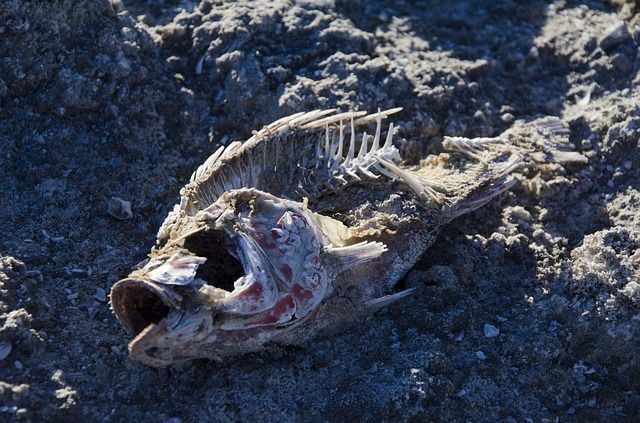The End Is Near: Report Predicts We're More At Risk Of Death From Climate Change, Pandemic, Than A Car Crash

A new report has found that the average person is five times more likely to die in an “act of human extinction” than an act of human error. And while this may be good news for those with a fear of driving, for the rest of us the future looks grim.
The media has hinted at the possibility of a huge catastrophic incident such as a disease pandemic wiping out the majority, if not all, of the Earth’s population. Now, however, scientists have laid the rumors to rest, crunched the numbers, and shown this tragic end to be a real possibility. The annual Global Catastrophic Risk from the U.K.-based Global Challenges Foundation uses factors such as climate change and political relations to compute the risk of a “human extinction event,” or any catastrophic event that kills at least 10 percent of the world’s population. This year’s report found that the average American is five times more likely to die in a human extinction event than a car crash, and identified climate change and international disease outbreaks as some of the most likely end-of-world disasters.
Humanity is a major part of the Earth’s ecosystem and when the planet’s health deteriorates, our health suffers as well. Rising temperatures caused by climate change have led to a notable increase in human health problems. For example, many researchers note that unseasonably warm temperatures have contributed to the spread of mosquito-transmitted diseases, such as Chikungunya and Zika virus, outside of its normal range. In addition, warmer and longer summers have also caused spikes in tick populations and widened their habitat. These rising temperatures may even play a role in the increasing incidence of Lyme disease.
Other extreme human health threats caused by climate change include high levels of air pollution. This problem has been linked to both increased instances of stroke and respiratory diseases.
Luckily, The Stern Review, a U.K. government report on the economics of climate change, estimated that there is a 0.1 percent risk of human extinction every year, but when that is added up over a century, that risk jumps to a 9.5 percent chance of human extinction within the next century, The Atlantic reported.
In addition to climate change, pandemics also pose a major threat to human life, and we have already begun to see just how quickly some diseases can spread. In 2014 the world saw the largest Ebola outbreak in history, The Center for Disease Control and Prevention reported. As of April 13, 2016 there were a total of 15,261 lab-confirmed deaths and 28,652 suspected deaths.
Antibiotic resistance has also made once-treatable diseases now untreatable and the planet has seen a number of “superbug” outbreaks throughout the U.S. alone. One report predicted that by 2050 antibiotic resistance will likely kill more people than cancer. According to The Associated Press, many of the patients sick with life-threatening superbugs caught the bugs through contaminated medical equipment.
Luckily, The Global Catastrophic Risk report urges that these numbers are not exactly set in stone and many of these risk factors, such as climate change and the threat of nuclear warfare, could be mitigated.
Source: Cotton-Barratt O, Farquhar S, Halstead J, Schubert S, Snyder-Beattie A. Global Catastrophic Risks. 2016



























